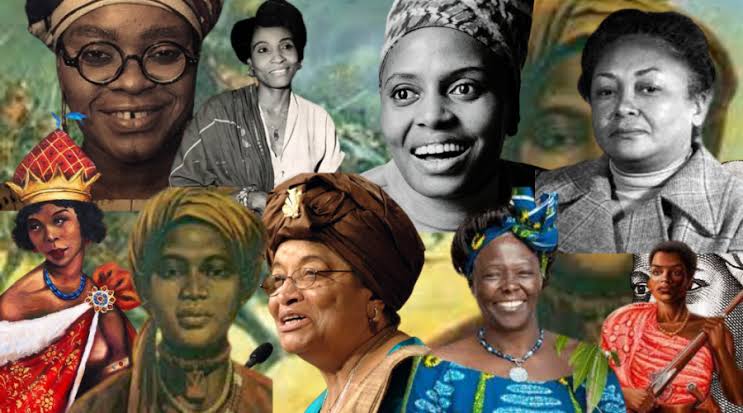Older adults faced extended mobility challenges after major hurricane, new research shows - McKnight's Long-Term Care News
Neighborhoods with higher concentrations of older adults experienced significantly longer periods of reduced mobility and slower recovery after Hurricane Ian struck Florida in 2022, according to a new study that tracked community movement patterns using mobile phone data. The authors noted that reduced mobility may reflect unmet needs — such as limited access to food or medicine — in communities with older populations.
Researchers from the University of Florida analyzed 75.4 million visits to essential community locations across 1,819 Florida neighborhoods during the 152 days surrounding Hurricane Ian. Using GPS data from mobile devices, they tracked visits to social infrastructure sites including shopping centers, recreational facilities, cultural venues and other spaces that support daily life and social connections.
The study found that neighborhoods in the oldest age group took 1.1 days longer to recover their prehurricane mobility patterns compared to younger communities. Older adults in these neighborhoods also showed 2.1% lower post-hurricane mobility levels and experienced 17% greater cumulative mobility losses before returning to normal activity patterns.
The research team employed what they called a “resilience triangle framework,” a term borrowed from engineering, to measure four key aspects of recovery: how long communities took to bounce back, their final recovery levels, the maximum impact they experienced and their total cumulative losses over time.
The study found that although wind speed explained the majority of mobility impacts (94% to 96%), neighborhoods with older residents still showed slower recovery.
The analysis included more than 8 million residents across central and southern Florida, with nearly 22% being adults aged 65 and older. The authors noted that this region has one of the nation’s largest older adult populations — a factor that may require special consideration as climate-related disasters become more frequent.
Researchers concluded that their findings may inform the development of neighborhood-targeted mobility interventions for climate resilience, particularly as coastal areas with high concentrations of older adults face increasing risks from more frequent and intense extreme weather events.
You may also like...
POLITICS:SHOULD POLITICIANS EARN THE MINIMUM WAGE?

What if your president earned the same as a teacher? This bold essay explores the growing divide between political elite...
Erased or Ignored? The Forgotten Female Heroes of African History”

Discover the untold stories of Africa’s forgotten female heroes—from warrior queens and resistance leaders to spiritual ...
Africa's Growth Paradox: Why Booming Economies Aren't Delivering Jobs for Its Youth Majority

Africa's GDP is rising, but youth unemployment persists. Uncover the disconnect between economic growth and job creation...
Emotional Blackmail in African Homes: Love, Guilt, and Obedience

Explore how emotional blackmail shapes relationships in African homes—where love is often tangled with guilt, obedience,...
SOCIAL INSIGHT: IS MARRIAGE STILL RELEVANT IN THE 21ST CENTURY?

Once seen as the ultimate milestone of adulthood, marriage is now being questioned, redefined, and reimagined. This essa...
Urban African Youth and the Rebirth of Cultural Identity

Urban African youth are redefining cultural identity through music, fashion, technology, and activism. From Kenya to Sou...
What Happens to African Girls Who Say No?
(3).jpeg)
Explore the struggles and resilience of African girls who dare to say no to forced marriage, gender-based violence, and ...
The African Dream Is Still to Leave Africa

For many young Africans, the dream isn’t to build Africa — it’s to leave it. This piece explores why the African Dream o...





